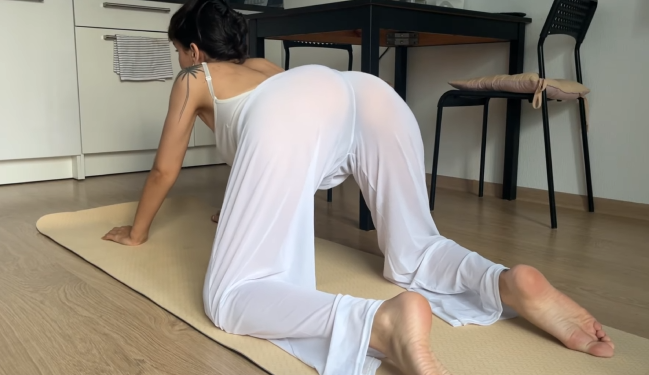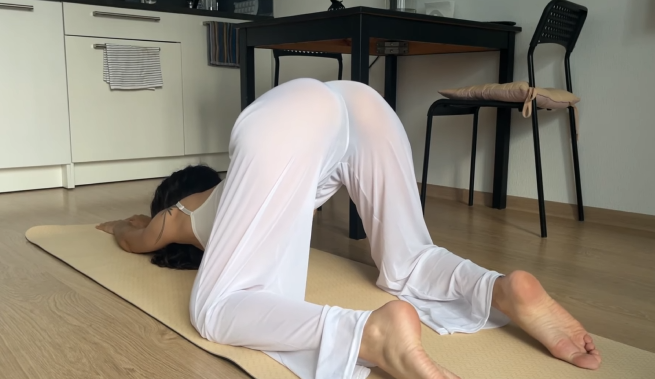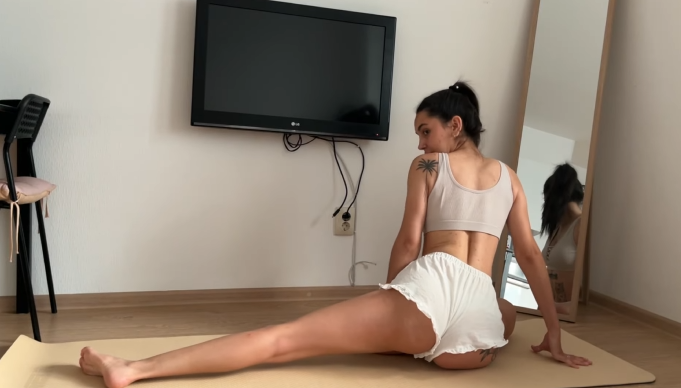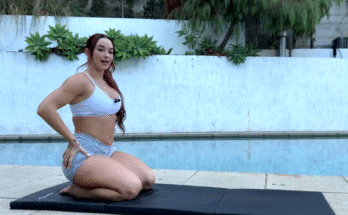
Women’s athletics has evolved dramatically over the past few decades, not only in terms of competition but also in everyday fitness routines. Today, more women are embracing athletics as a pathway to better health, empowerment, and self-expression. But among the many types of physical activities available, what are the best exercises for women to improve overall fitness, boost mental well-being, and support long-term health? This article dives into that question and highlights the best exercises for women in athletics, whether you’re an aspiring athlete or simply seeking to stay active and strong.
The Power of Athletic Training for Women
Athletic training isn’t just for professional athletes. It encompasses a wide range of physical exercises designed to improve strength, endurance, agility, and flexibility. For women, engaging in athletic workouts can provide numerous benefits:
- Improved cardiovascular health
- Stronger bones and muscles
- Better posture and flexibility
- Weight management
- Stress relief and improved mental health
- Increased confidence and energy levels
Athletic exercise can empower women to break stereotypes, build resilience, and stay physically and mentally strong at every age.
Top Exercises in Women’s Athletics
Now, let’s explore some of the best exercises that are both popular and effective for women pursuing athletics or looking to maintain an athletic lifestyle.

1. Running and Sprinting
Running is one of the most accessible and effective cardiovascular workouts. It improves heart health, strengthens the legs, and helps burn calories efficiently. Sprinting, on the other hand, develops speed, power, and muscular endurance.
Women who incorporate interval sprints into their workouts often see improved fitness results faster than steady-state running. Try sprinting for 30 seconds, then walking for one minute, and repeat the cycle for 20 minutes.
Bonus: Running outdoors also offers mental clarity and a boost of vitamin D from the sun.
2. Strength Training
Strength training is no longer just for men. Lifting weights or doing bodyweight resistance exercises helps women build lean muscle, increase metabolism, and protect their bones.
Key strength exercises for women include:
- Squats (target glutes, thighs, and core)
- Deadlifts (build overall strength)
- Push-ups (upper body strength)
- Planks (core stability)
- Lunges (balance and lower body strength)
Resistance training 2–3 times per week can significantly improve overall performance in athletics and everyday life.
3. High-Intensity Interval Training (HIIT)
HIIT combines short bursts of intense activity with brief recovery periods. It’s an efficient way to burn fat, increase endurance, and tone muscles.
For example:
- 30 seconds of burpees
- 30 seconds rest
- 30 seconds jumping jacks
- 30 seconds rest
- Repeat for 20 minutes
HIIT can be customized to any fitness level and requires minimal equipment, making it ideal for busy women or those training at home.

4. Core Workouts
A strong core is essential for athletic performance, injury prevention, and overall body balance. Core workouts help support every movement, from lifting to running.
Effective core exercises include:
- Russian twists
- Leg raises
- Bicycle crunches
- Mountain climbers
- Side planks
Working on your core 3–4 times a week can result in better posture, improved balance, and a toned midsection.
5. Yoga and Pilates
Athletic women often underestimate the power of yoga and Pilates. These low-impact exercises are excellent for flexibility, core strength, and mental clarity. Yoga improves joint health, lengthens muscles, and promotes recovery, while Pilates strengthens the deep core muscles and enhances body awareness.
Incorporating a yoga session once or twice a week can greatly aid in recovery, especially after high-impact workouts like running or lifting.
6. Swimming
Swimming is a full-body, low-impact workout that improves cardiovascular endurance and muscular strength without stressing the joints. It’s particularly great for women with joint issues or those recovering from injuries.
In just 30 minutes, swimming can burn hundreds of calories while toning arms, legs, core, and back. It also helps improve breathing, lung capacity, and posture.

7. Cycling
Cycling, whether on a road bike or stationary, is a fun and effective way to boost cardiovascular fitness and build strong legs. It’s a great cross-training option for runners or those looking to reduce impact on the knees.
Women athletes can benefit from cycling by mixing long-distance endurance rides with short, powerful hill sprints to challenge different muscle groups and energy systems.
Creating a Balanced Routine
The best exercise plan for women combines multiple forms of athletic training for a well-rounded routine. Here’s an example of a weekly balanced schedule:
- Monday: Strength training (lower body focus)
- Tuesday: HIIT + core workout
- Wednesday: Active recovery with yoga or light stretching
- Thursday: Strength training (upper body + core)
- Friday: Cardio (running, swimming, or cycling)
- Saturday: Full-body HIIT workout
- Sunday: Rest or gentle yoga
This approach ensures you’re building strength, increasing endurance, improving flexibility, and allowing time for recovery.

Special Considerations for Women
When choosing the best exercises, it’s important to consider factors specific to women’s health:
- Bone health: Strength training and weight-bearing exercises help prevent osteoporosis.
- Hormonal fluctuations: Energy levels and performance may vary throughout the menstrual cycle. Listen to your body and adjust intensity when needed.
- Pregnancy and postpartum: Exercise can be adapted during and after pregnancy with proper guidance.
No matter your age or fitness level, there’s always a way to stay active safely and effectively.
The Psychological Benefits of Athletic Exercise
Physical activity doesn’t just change the body; it transforms the mind. Women who consistently engage in athletic training report:
- Reduced anxiety and depression
- Improved mood and sleep
- Greater sense of accomplishment
- Increased self-esteem and body confidence
Athletics becomes more than exercise—it becomes a lifestyle that promotes strength, discipline, and joy.
Conclusion
Women’s athletics isn’t about conforming to a certain look or competing with others. It’s about discovering your own power through movement. The best exercises for women are the ones that challenge the body, elevate the spirit, and support long-term health. From running and lifting to yoga and swimming, every woman can find her unique athletic path.
The most important thing is to stay consistent, listen to your body, and enjoy the journey. Whether you aim to run a marathon, lift heavier weights, or simply feel more energetic, women’s athletics offers the perfect platform to become your strongest, healthiest self.


